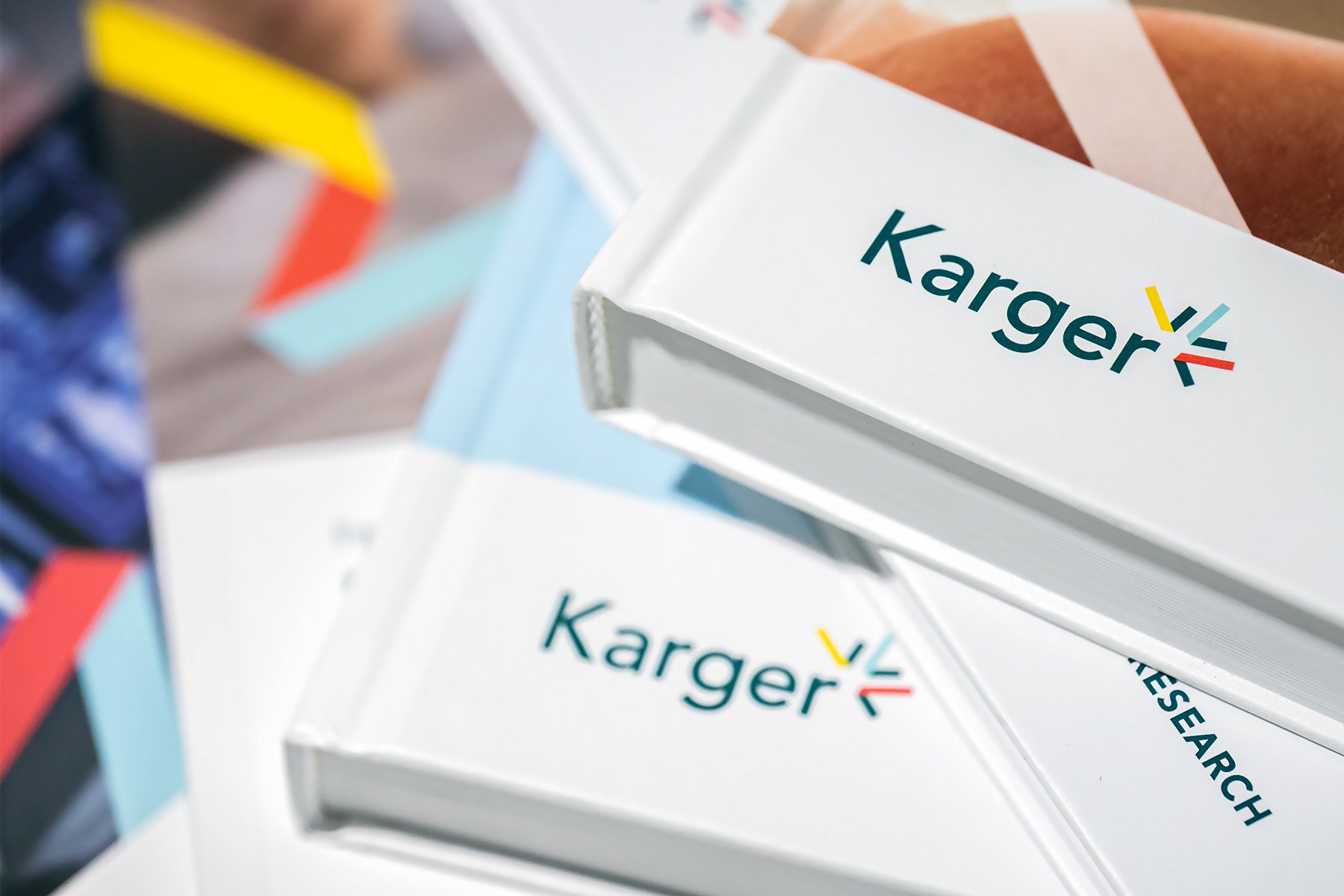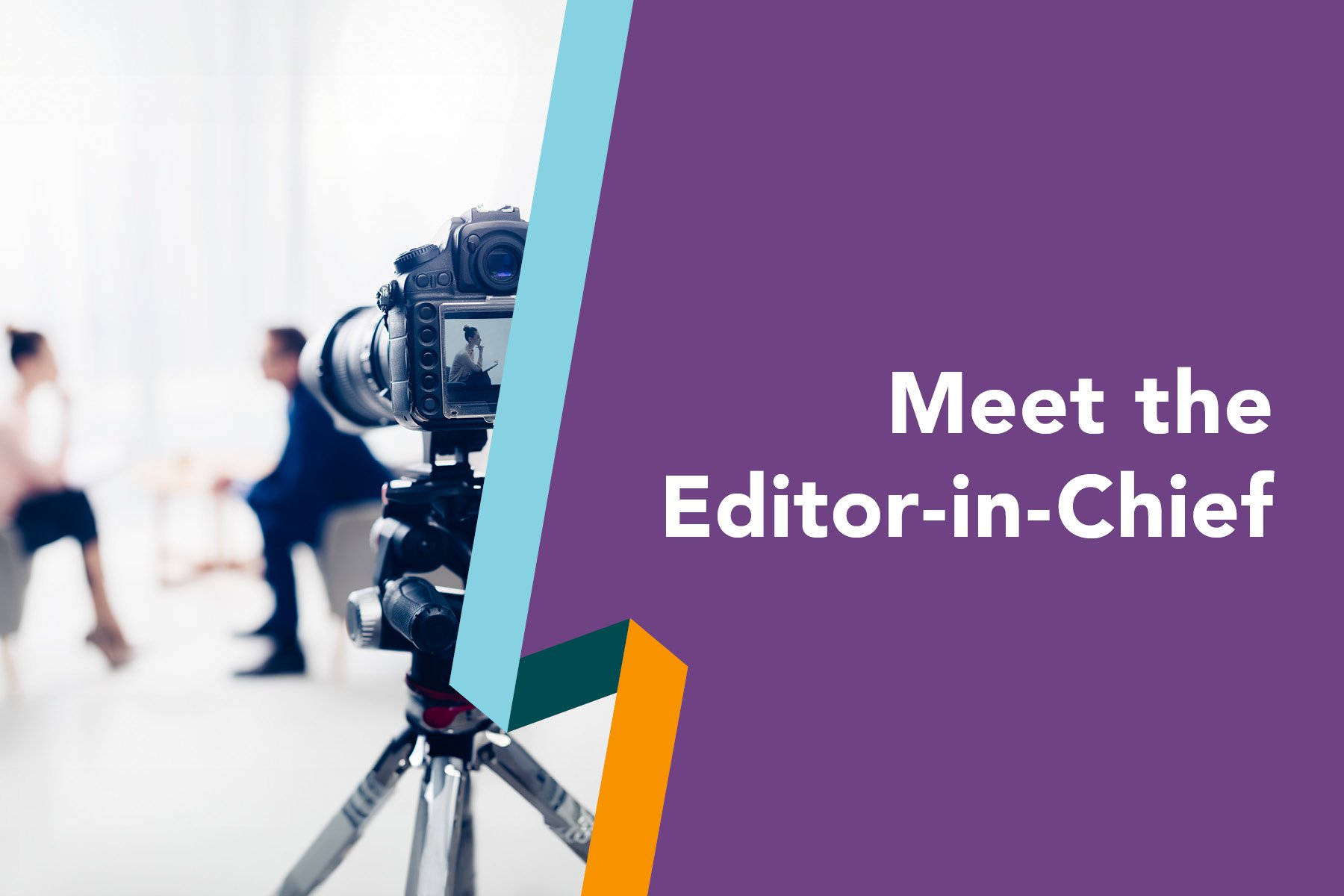Fast Facts is a series of handbooks that has been published for over 25 years covering various medical conditions. For over 10 years now, the series has included manuals not only for healthcare professionals, but also for patients and their supporters.
E-Books as a Complementary Medium
In the early years, the print version of the Fast Facts books was the authoritative format. The books were mainly distributed at medical congresses in the form of handouts and could also be purchased through bookstores. At congresses, they provided a convenient means of conveying congress-related topics while establishing themselves as a reliable source of information for HCPs.
Fast Facts were already available as PDF versions at that time, but only on request and not as E-Books that were freely available in stores. Thus, the distribution of Fast Facts was limited in terms of format and numbers.
E-Books as a Physical Format
Another variant that became popular over time in parallel with the distribution of printed Fast Facts was the PDF version on USB sticks in credit card format. These USB sticks were designed like the book covers of the Fast Facts themselves and could be equipped with additional information, for example from sponsors, in addition to the cover-to-cover PDF version of the books. The USB sticks provided a welcome alternative to the printed books, as they were easier for congress visitors to carry around and the PDF file itself could be shared.
This opening up of the publication format brought greater flexibility for the reader. For the publisher, giving away the electronic version also meant greater distribution, readership, and awareness.

Equivalence of Formats
Up until this time – we are in 2018 now – Fast Facts had been published as commissioned works, large print runs of which were ordered by clients and that were otherwise only requested in larger quantities through translation and rights agencies to be distributed for their clients. With the acquisition of Health Press by Karger Publishers, technical requirements and a distribution infrastructure were now available to make Fast Facts also available as full-fledged E-Books in HTML, PDF, and EPUB formats.
From 2019 on, readers could choose between the printed edition, online text, PDF for downloading and printing, or the format for E-Book readers, depending on their needs. For us and our customers, we had now achieved the maximum possible format diversity, which also went hand-in-hand with the greatest possible distribution of the content on various distribution channels.
Fragments and Derivatives
Especially in the area of patient information, there is a need for simplified presentation in a nutshell. Fast Facts for Patients and their Supporters often build on those for HCPs but are conceptualized in a condensed form. Another level of simplification, for example for use in medical practice, is offered by the Fast Facts Summary Sheets, two-page documents that live mainly from images with short explanations. This content was fragmented even further as “Patient Pictures,” a comprehensive series of explanatory illustrations that no longer exist as a stand-alone product, but which find further use in our patient blog The Waiting Room, for example outlining medical examinations in a very focused way.
A very different way of processing content has been emerging since 2020: beyond the basic flexibility of digital content, we are creating Fast Facts eLearning courses that allow us to not only make content available digitally, but to make it interactive, allowing users to move from reading to engaging with content.
Does a Book Remain a Book?
With all these changes – on the level of the medium while retaining the book format, and on the level of the format while retaining the content – the character of Fast Facts has not changed: in all formats and media forms, they offer reliable, concise information on diseases, diagnoses or therapies, always structured in largely the same way.
In the end, the book remains a book: we see the Fast Facts title in its usual form (whether printed or electronic) as the core of a Fast Facts project. It does not matter to us whether the project started in a different form of publication (e.g. eLearning) or whether the de facto book was never realized. What has changed is the question of which formats and media we actually publish in – you don’t publish a book for the sake of it, but to satisfy the demands of a readership.
This post is part of the mini-series “A Book is a Book”. Check out the introductory post.






Comments
Share your opinion with us and leave a comment below!